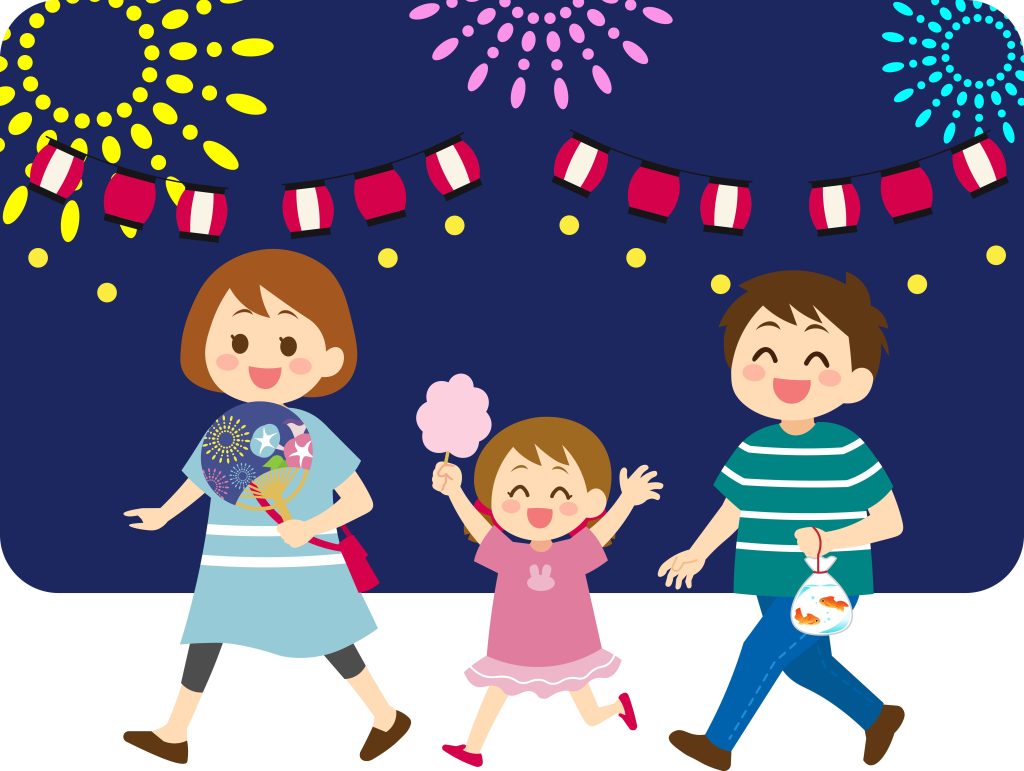
- About the foundation and historical background of Naritasan Medical King Hall
- Benefits of Naritasan Medical King Hall
- About Fudo Myo-o, who is worshiped together with the doctor at the Naritasan Doctor’s Palace
- Naritasan Medical King Hall is actually also called Naritasan Shinshoji Temple. why two names?
- Annual events and festivals held at Naritasan Medical King Hall
- Access method, nearest transportation, parking lot information, etc.
About the foundation and historical background of Naritasan Medical King Hall
Naritasan Ioden is a temple located in Narita City, Chiba Prefecture, Japan, and its official name is Naritasan Shinshoji Temple. The principal image of the Naritasan Medical King Hall is Fudo Myo-o, who is known as the King of Medicine, and is loved by many believers. Below is an overview of the temple’s founding and historical background:
Founding legend: The construction of Naritasan Medical King Hall is related to the legend of Eshin Sozu, a Buddhist monk from the early Heian period. Eshin Sozu is said to have stayed in Narita on his way from Fujiwarakyo to Kamakura. It is said that one night, in a dream, Fudo Myo-o appeared to him and told him that he should enshrine his own statue in this place.
Founding of Naritasan: In response to the message of Fudo Myoo that Sozu Eshin received in a dream, he built a temple in Narita to enshrine the statue of Fudo Myoo. That is said to be the origin of the Naritasan Medical King Hall. The Naritasan Medical King Hall is said to have been built in 818 (Konin 9), and has a history of over 1200 years.
Relations with Dr. King: Naritasan Dr. King’s Hall, another name, “Dr. King Hall,” is derived from Fudo Myo-o, who is worshiped as “Dr. King.” Fudo Myo-o is said to bring benefits such as recovery from illness, warding off evil, and the safety of the family, and is visited by many worshipers. In particular, from the Sengoku period to the Edo period, samurai and commoners worshiped the shrine, and it is said that many people visited Narita during the Edo period.
Development of the precincts: Naritasan Medical King Hall has expanded its scale since its foundation, and many buildings have been built over the course of its history. Typical buildings include the main hall, temple gate, three-storied pagoda, bell tower, and bell and drum tower. The precincts are dotted with large and small halls and shrines, and are visited by many believers and tourists.
The present-day Naritasan Doctor’s King Hall is a tourist attraction visited by many worshipers from Japan and abroad, and is very popular as a special place where you can feel Japanese culture, history, and religion.

Benefits of Naritasan Medical King Hall
Naritasan Sin-o-den (Naritasan Shinshoji Temple) is a temple familiar to many believers and worshipers, and has Fudo Myo-o (Shin-o-sama) as its principal object of worship. Fudo Myoo is said to have various benefits, and the representative benefits are introduced below:
- Healing Illness: Fudo Myoo is best known for its power to “cure illness”. Many believers pray for good health and pray for recovery from illness. In particular, people who suffer from intractable or intractable diseases come to believe in the blessings of Fudo Myoo.
- Amulet/Disaster Avoidance: Fudo Myoo is said to protect against misfortune and misfortune. He prays for protection from domestic troubles, work difficulties, and natural disasters, and many people visit the shrine to avoid disasters.
- Home Safety/Family Happiness: Believers who wish for family peace and happiness visit the Naritasan Medical King Hall to seek benefits for home safety and family harmony. It is filled with wishes for the health and happiness of the family.
- Prosperous business and peace of mind: Many believers pray for prosperous business and success at work, and it is said that there is a blessing for prosperous business. You can get a stable economic situation with the power of Fudo Myoo and wish for success in business.
- Academic Achievement: Students and prospective students sometimes visit the Naritasan Doctor’s King Hall to pray for academic achievement and passing exams. Under the protection of Fudo Myo-o, they pray for academic success and improvement in grades.
These benefits are supported by the faith of the people who visit Naritasan Medical King Hall. Worshipers entrust their wishes and aspirations to Fudo Myoo in their hearts, and by praying in the solemn atmosphere of the Naritasan Medical King Hall, they feel the benefits and receive emotional support. The Naritasan Medical King Hall has been a place of worship since ancient times in Japan, and even today it gives hope and courage to many people.

About Fudo Myo-o, who is worshiped together with the doctor at the Naritasan Doctor’s Palace
Fudo Myo-o, who is worshiped together with Io-sama at Naritasan Medical King Hall, is a guardian deity of esoteric Buddhism and a very important presence in Japanese Buddhist temples. Fudo Myoo has both a merciful figure and a strict figure, and plays an important role in various beliefs and teachings. Here are some characteristics and beliefs about Fudo Myoo:
- Characteristics of Fudo Myoo: Fudo Myoo is one of the enlightened bodhisattvas and is a symbol of wisdom and compassion. He usually holds a ‘kongosho’ in his hand, which represents his anger, and a ‘net’ in his right hand. Fudo Myoo, who has an angry expression, symbolizes the power to destroy evil and is said to have the power to protect believers.
- “Akashagarbha” as a prototype: Fudo Myoo’s prototype is a bodhisattva called “Akashagarbha” in Sanskrit, a very important figure in Eastern Esoteric Buddhism. In Japanese esoteric Buddhism, it came to have its own appearance as Fudo Myoo.
- Sandai Fudo Myoo: Fudo Myoo is known as Sandai Fudo Myoo, each with a different expression and appearance. The one worshiped at Naritasan Medical King’s Hall is “Musashino Fudo Myo-o”, who has one eye and a stern expression.
- Faith and Benefits: Fudo Myoo is said to bring benefits such as warding off evil, avoiding disasters, healing illness, family safety, and prosperous business. As you can see from his stern appearance, it is believed that he will protect you from especially difficult situations and troubles.
- Goma Kuyo: At Naritasan Medical King’s Hall, “Goma Kuyo” is held as an event to show faith in Fudo Myo-o. It is a ritual in which worshipers pray for the health and happiness of themselves, their families, and the deceased, and hold a memorial service by burning gomagi with their wishes written on them.
At Naritasan Medical King’s Hall, faith in Fudo Myoo is deeply rooted, and many worshipers visit to seek the blessings of Fudo Myoo. It is said that faith can give you the power to overcome difficult situations and hope for a peaceful life.
Naritasan Medical King Hall is actually also called Naritasan Shinshoji Temple. why two names?
The reason why Naritasan Medical King Hall is also called “Naritasan Shinshoji Temple” comes from historical background.
The Naritasan Surgeon King Hall has a long history and is said to have been built in 818 (Konin 9). This temple began in the early Heian period when a monk named Eshin Sozu received a dream of Fudo Myoo and built a temple in the land of Narita.
Originally, this temple was called “Naritasan Medical King Hall”. This name expresses the importance of the temple as a temple dedicated to the King of Medicine (Fudo Myo-o), and the focus was particularly on the benefit of healing from illness by the King of Medicine.
However, with the passage of time, the size of the temple expanded and the faith spread, Naritasan Kenoden came to be called ‘Naritasan Shinshoji Temple’. The name “Shinshoji” was given by Minamoto no Yoritomo, the first shogun of the Kamakura Shogunate, at the end of the Kamakura period.
The name “Shinshoji” is related to the fact that Yoritomo Minamoto prayed for victory when laying the foundation of the Kamakura Shogunate. The name indicates that this temple became an important temple as the Naritasan Medical King Hall, wishing for Yoritomo’s military success and prosperity.
In this way, Naritasan Kenoden became widely known as “Naritasan Shinshoji Temple”, but both names are still used side by side today. The solemn faith and history of the Naritasan Medical King Hall and the history of the Kamakura Shogunate as the Naritasan Shinshoji Temple form the complex charm of the temple.

Annual events and festivals held at Naritasan Medical King Hall
Various events and festivals are held at the Naritasan Medical King Hall throughout the year. These events convey the history of the temple and the teachings of Buddhism, and are familiar to many worshipers and tourists. Below are some of the major annual events and festivals held at Naritasan Medical King Hall:
- New Year’s event: New Year’s visits are held on New Year’s Day. A lot of New Year’s visitors come, and the approach to the Naritasan Doctor’s King Hall is crowded. New Year’s Eve bells are also rung, creating a solemn atmosphere to greet the New Year.
- Naritasan Shinshoji Temple Foundation Memorial Day: Every year on March 21st, an event is held to commemorate the founding of Naritasan Shinshoji Temple. This day is a special day to honor the achievements of Eshin Sozu and the history of the temple.
- O-Fudo-san Taisai: This is the largest festival held at the Naritasan Medical King Hall from April 8th to April 10th. Various events are held over the three days, and many worshipers visit. In particular, the fire walking event held on April 8th is famous and known as a heroic event.
- Shingon Buddhism Fudoson Sohonzan Grand Festival: An event held from October 27th to October 29th, where Naritasan Kenoden, the head temple of the Shingon Buddhism Fudoson, celebrates its status as the head temple. A third memorial service is also held.
- New Year’s Bell: On New Year’s Eve (December 31st), worshipers ring the bell 108 times to pray for good health and happiness for the year ahead. It is popular as a tradition of New Year’s Eve.
These are the main events and festivals, and various other events and memorial services are held depending on the season and year. Events held at the Naritasan Medical King Hall are a fusion of traditional and modern elements, and are appealing to many people. When visiting, please check the schedule and details of the event in advance to enjoy a special experience.
Access method, nearest transportation, parking lot information, etc.
Below you will find information on how to get to Naritasan Medical King Den (Naritasan Shinshoji Temple), the nearest transportation, and parking lots:
- Nearest transportation:
- By train:
- JR Narita Line: JR Narita Station is the nearest station. It takes about 15 minutes on foot from JR Narita Station to Naritasan Medical King Hall.
- Narita Airport Access: From Narita Airport, take the JR Narita Rapid Line or Keisei Electric Railway’s Narita Airport Line to JR Narita Station.
- By bus:
- Route buses of Narita Airport Transportation from Narita Airport and route buses from around JR Narita Station are also in operation. Please check the bus timetable and information, as the name of the bus stop is sometimes used as the name of the bus stop.
- By car:
- Parking: There are several parking lots at Naritasan Medical King Hall. There is a paid parking lot near the precincts, so you can use it. However, it is advisable to arrive early as the parking lot can get busy during festivals and special events.
Access methods and transportation facilities are relatively easy to access because Naritasan Medical King Hall is a place visited by many people as a tourist attraction. Before visiting, please check the transportation timetable and parking lot information in advance to enjoy a smooth worship.


